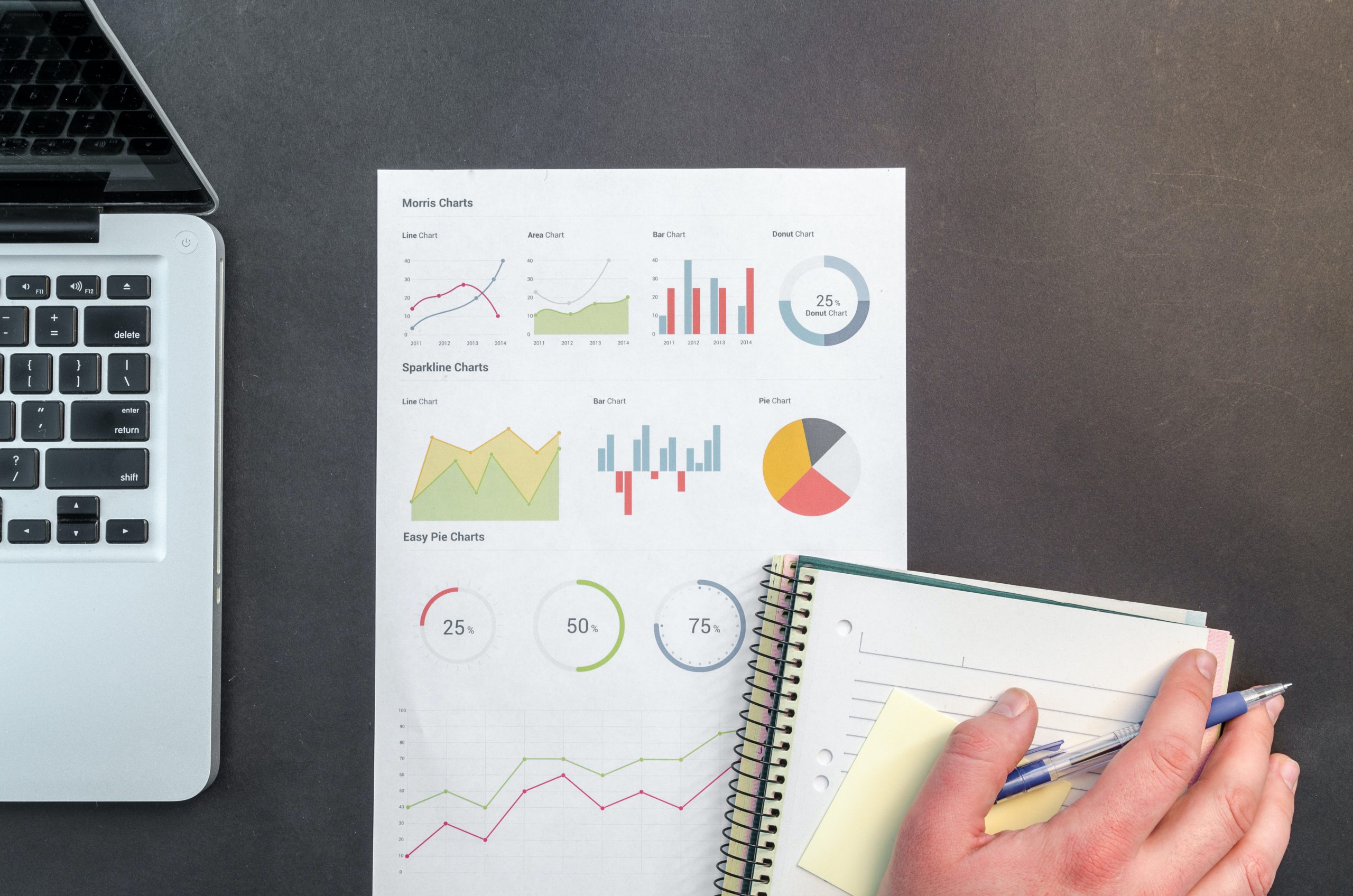
The 5Ps of marketing – Product, People, Place, Price and Promotion – are somewhat controllable areas of decision making that are essential for any business. While they are based on your internal and external business environments, Point-of-Sale (POS) data analytics are significantly useful in rethinking how you should approach them.
Data enables you to optimise the 5Ps to provide a seamless shopping experience for your customers and maximise value for business. While data analytics cannot do all of the work, it can provide a better understanding and perspective to facilitate decision making.
1. Product

What is a business without its products (or services)? When you first start a business, what you are selling is one of the key aspects to figure out. Similarly, constantly managing your stocks and product offerings, and reviewing them on occasion can help you optimise your inventory based on customer demands.
When you use POS data analytics, you can get a better return on investment (ROI) by matching your supply with the demand. Shopper data and inventory reports, for example, can help you assess customer behaviour and stock movements, and receive feedback about product sales. Therefore, you can use this data to optimise your supply chain, automate inventory management and ultimately, save costs by not over-ordering stock.
2. People
Customers can make or break your business, so it’s important to know who your customers are and what they want and expect from your shop. Data analytics can analyse your customer demographics, shopping and online browsing behaviour, transaction history and post-purchase trends among others. Therefore, you can create a more personalised experience for your customers, cultivating customer loyalty and improving customer retention.
3. Place

While we’re heading in the direction of omnichannel businesses, it’s still imperative to address this question: what to place where? This is a constant for your business, regardless of if it is a physical store, online or on any other digital platform.
In physical shops, if your shop is cramped or difficult to navigate, you have a high risk of losing customers. Online, it’s even easier for potential customers to simply close the tab. Hence, optimising the user experience means customers can easily find what they are looking for and enjoy the time they spend at your shop.
Additionally, data analytics can help you decide what customers frequently buy together or products they might enjoy seeing. Then, you can also place enticing or similar products near each other to encourage purchasing behaviour.
4. Price
Regardless of industry and type of business, re-evaluating pricing strategies and adopting a dynamic pricing system can help maximise profits. Firstly, identifying consumer buying behaviour can give you data on upcoming demand. Then, using data analytics, businesses can evaluate correlating data, optimising pricing strategies to meet demands. Updating prices can help your inventory management, drive sales with fluctuating prices, and also keep up with your competitors.
5. Promotion

POS data analytics can help you upsell, market and promote your products. Digital innovations in sales and marketing mean you are able to design customisable promotions and improve customer experience. Referring back to customer relationship management and data, you can use data analytics to provide a personalised shopping experience for your customers and build customer loyalty.
Not only that, but with data about sales and purchasing behaviour, your POS system has the functionality to create “market baskets” or group items that are complementary or frequently bought together. This makes creating promotions much easier for the business. These functions can help businesses reach out to customers at the right time with the right marketing hooks.
Conclusion
With the growing emergence of digital innovation in business, strategically using all of the functions of your Point-of-Sale system is useful to ensure that your business processes are optimised for maximum efficiency and profitability. Adopting POS data analytics to reimagine the 5Ps of marketing can be powerful if used right.
Interested in other ways you can enhance business productivity? Take a look at some of our other articles!
• Written by Adrija Chakravarti




